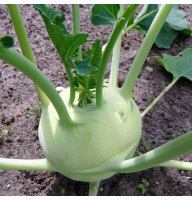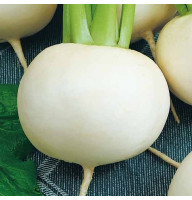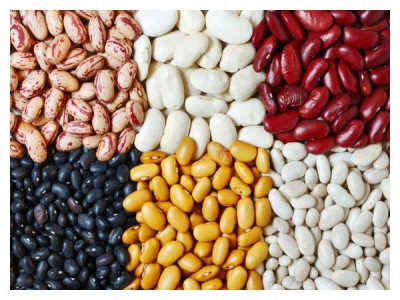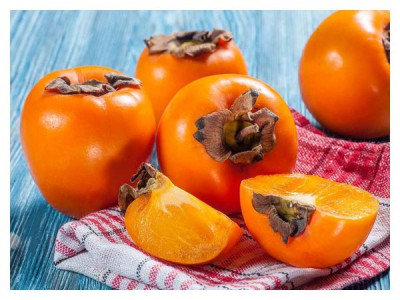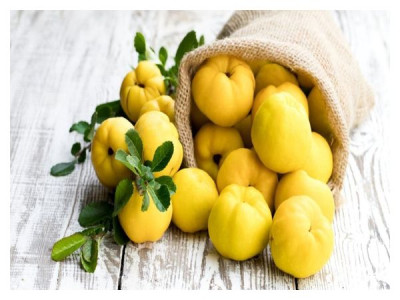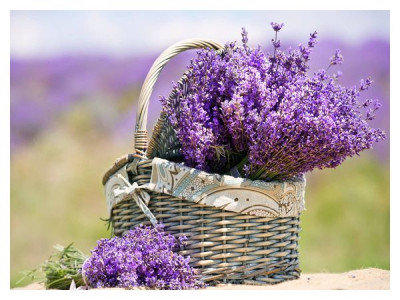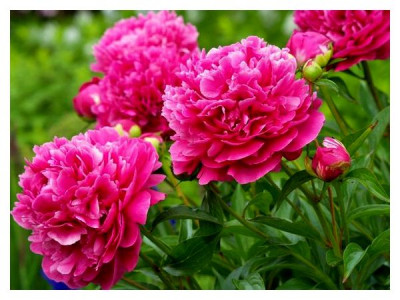These vegetables have not been able to win the love of vegetable gardeners, so they are rarely found on the beds. But trying to grow one of them at least once is an interesting idea. Moreover, these plants are unpretentious, high-yielding, tasty and very healthy for the body. Sometimes you want to grow some rare crop on your plot. This is fascinating from the point of view of agricultural technology and allows you to enrich your diet. And updating the list of cultivated plants with new species is useful from the point of view of crop rotation: the soil is less depleted and pests and pathogens are less likely to rampage.
Here is the list of rare vegetables and herbs we have compiled!
Swede
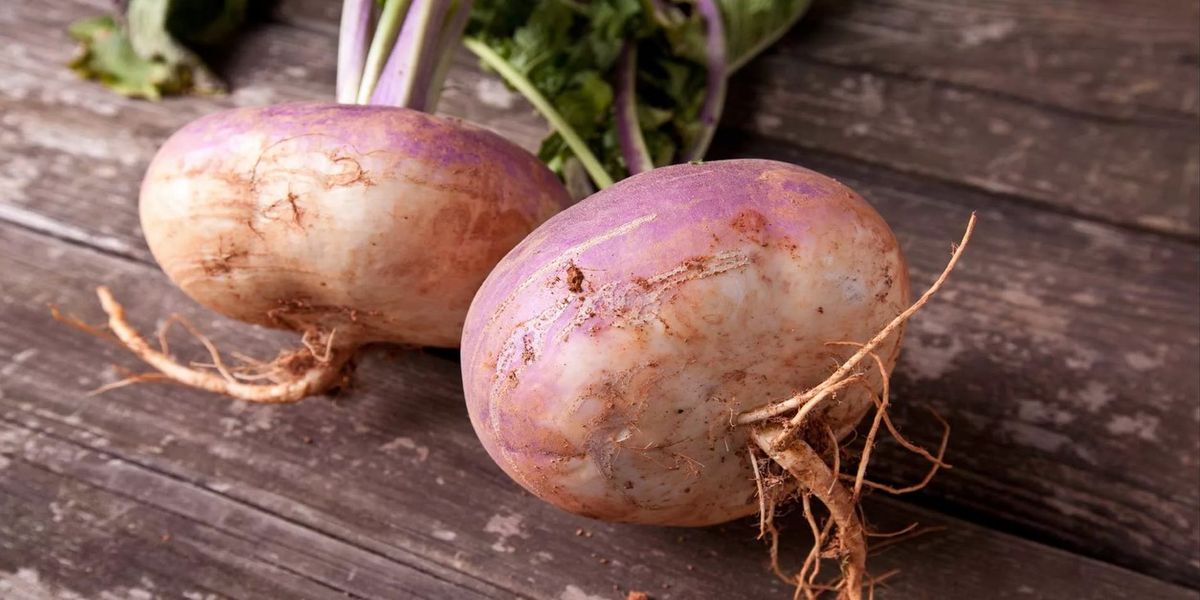
There are many varieties of nutritious rutabaga on sale, but not every garden grows it. This is probably due to the unusual taste of the vegetable, which resembles cabbage and turnips (according to one version, they are the ancestors of rutabaga). Although many note that the taste of root vegetables is pleasantly sweet, ideal for preparing not only first and second courses, but also desserts.
In addition, rutabaga contains a large amount of calcium, which strengthens the skeletal system. Helps normalize blood pressure and increases iron levels in the blood.
Rutabaga is a biennial plant. In the first year it develops a root system, and in the second year it blooms and produces seeds.
How to grow rutabaga. For planting, choose a well-lit place with fertile soil. Sow seeds in late April - early May. The sowing depth is 2.5 cm. The vegetable can also be grown in seedlings. After sprouting, thin out the sprouts, leaving up to 4 cm between them. Repeat the procedure in the phase of 4 true leaves, leaving 15 cm between plants.
Rutabaga responds well to feeding. A week after germination, dissolve 1 tbsp. ammonium nitrate, superphosphate and potassium sulfate in 10 liters of water and water the beds. Before closing the rows, until the plants come into contact with each other, apply a second fertilizing using 1 tbsp. superphosphate and 2 tbsp. potassium sulfate per 10 liters of water.
As for watering, it should be done at least once a week. Then the root vegetables will be sweeter. For 1 sq.m. in moderately dry weather, 10 liters of water is enough.
Like other root vegetables, rutabaga does not tolerate the addition of organic matter during the ripening period.
Katran
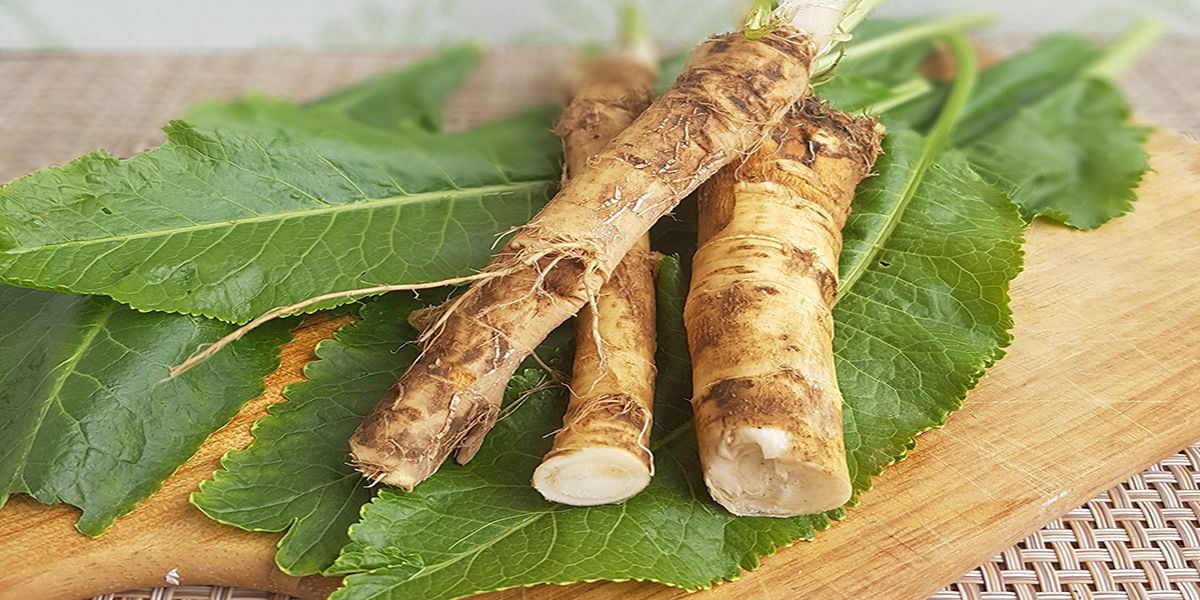
The perennial katran is a relative of horseradish, but unlike the latter, it does not grow throughout the garden, interfering with other crops. It has a brighter, tangy flavor and is rich in nutrients including vitamin C, calcium, magnesium and inulin. It is an excellent preventative during cold and flu season.
Katran is decorative and is not afraid of drought and frost. Grows well in almost any soil. Roots collected in dry weather are perfectly stored in cool conditions in winter. You can use it in the same way as horseradish.
How to grow katran. Stratify the seeds before sowing for 100 days and sow in late April - early May to a depth of 3-4 cm. You can also plant before winter. Thin out the growing katran if necessary. During the growing season, it usually doesn't need anything other than removing weeds. But to speed up the growth of root crops, regularly water the bushes in June at the rate of 20 liters of water per 1 sq.m.
Katran leaves contain substances that stimulate plant growth, so the above-ground part of the bush can be used to prepare herbal infusion.
Kohlrabi
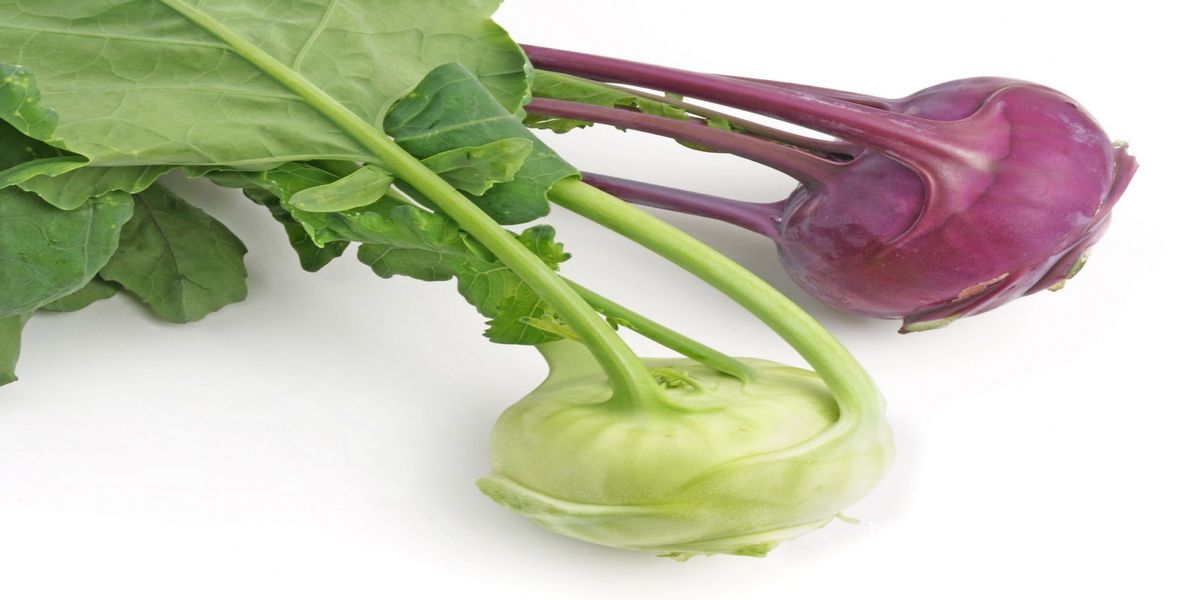
Surprisingly, this variety of cabbage is also not often found in garden beds, although the crop is easy to grow. By the way, with proper care in the middle zone, you can even harvest 2-3 vegetable crops per season!
Kohlrabi is eaten raw or prepared from it in a variety of dishes. The tops are ideal for salads and soups. With regular consumption of the vegetable, the functioning of the gastrointestinal tract and liver improves, and metabolism is normalized.
Almost any soil except acidic soil is suitable for growing kohlrabi. It is better to prepare the planting site in the fall. It is advisable to choose a sunny bed.
Patisson
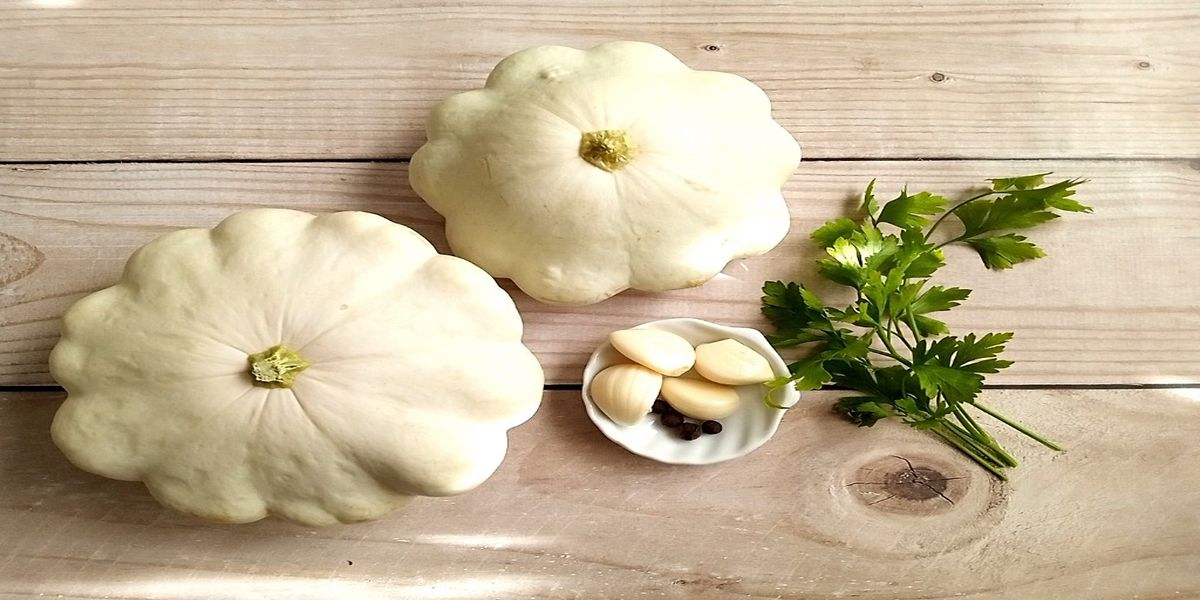
Patisson, or plate pumpkin, has one peculiarity - its fruits must be collected unripe, otherwise they will be unsuitable for food. The plant is a little more demanding than other crops on our list, it loves moisture and will not refuse to be grown in a greenhouse if the weather is not very favorable.
In terms of its nutritional properties, squash does not lag behind pumpkins and zucchini. It is perfectly absorbed, improves the functioning of the intestines, liver and nervous system. Rich in vitamins A, C and group B. The vegetable can be included in the menu in different forms. It is especially interesting to stuff it.
How to grow squash. For planting, choose a bed with light, fertile soil. It is better to prepare it in the fall by adding approximately 5-6 kg of humus or compost per 1 sq.m. Sow the seeds when the soil is well warmed up, to a depth of 4-5 cm. Or use the seedling method of growing. The plant loves feeding, and you can apply both complex mineral fertilizers according to the instructions, and organic matter, for example, a solution of chicken manure (1:20) or mullein (1:10). Watering is needed frequently, at least once a week. Water consumption is approximately 8-10 liters per 1 sq.m of planting.
Patisson is afraid of frost and cannot tolerate watering with cold water!
Rhubarb
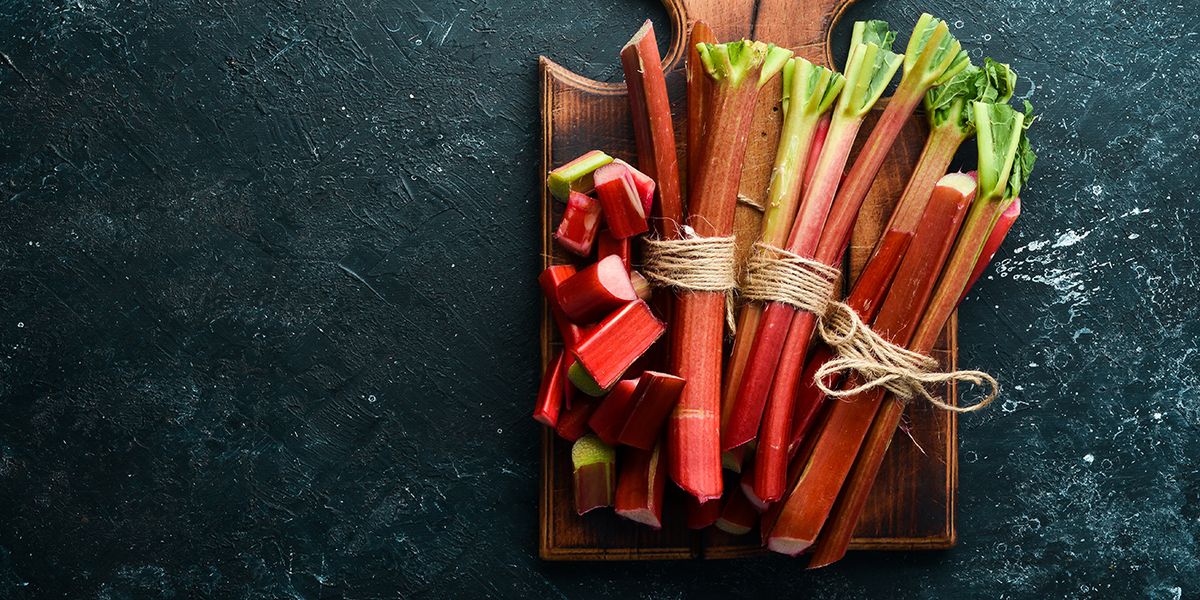
Rhubarb is not a plant for everyone. And the point is not only that summer residents do not always understand what to cook from it, but also its rather unpretentious nature, which is why the bush sometimes grows too much. But still, this perennial crop is very valuable. Thus, rhubarb contains vitamins C, B, PP, and has pronounced anti-inflammatory properties. It contains a rather rare vitamin K, which is necessary for the normal functioning of the circulatory system.
As for cooking, there are no restrictions. A wide variety of dishes can be prepared from rhubarb, incl. tea and jam. And in the summer, you can cook a refreshing compote with sourness from the petioles and a small amount of sugar.
It is better to eat young rhubarb stems, because... Oxalic acid accumulates in old ones, the excess of which is harmful to the kidneys!
Radish
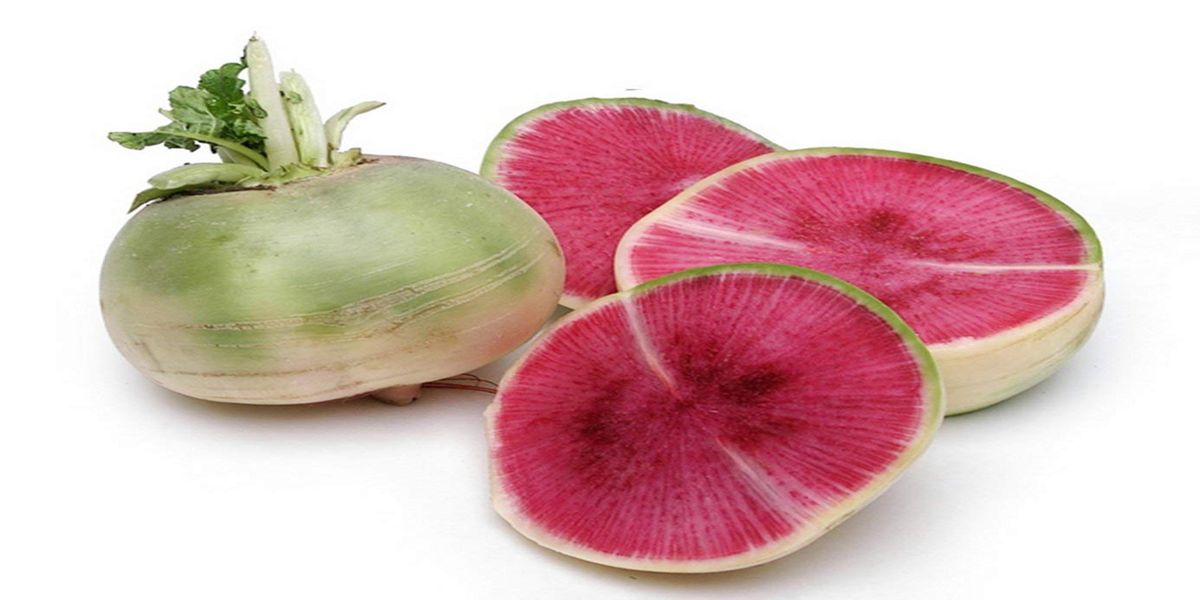
Have you ever tried radish? Well, this vegetable is really not very popular, although in recent years healthy eating enthusiasts are increasingly paying attention to it. Radish resembles a large radish in appearance, but it usually tastes sharp and sweet.
Regular consumption of radish compensates for the lack of vital elements: iron, magnesium, calcium, vitamin C. And in terms of potassium content, it is even one of the leaders among vegetables. Those who include radish in a variety of forms in their diet improve intestinal motility, skin condition and hormonal levels.
How to grow radish. The vegetable prefers a well-lit place with fertile soil. Sow the seeds in mid-late May to a depth of 2 cm. Then carry out two thinnings: after the appearance of true leaves and after another 20-30 days. If the soil is nutritious, you don’t need to fertilize. It is enough to weed and loosen the beds, as well as water in dry weather.
Turnip
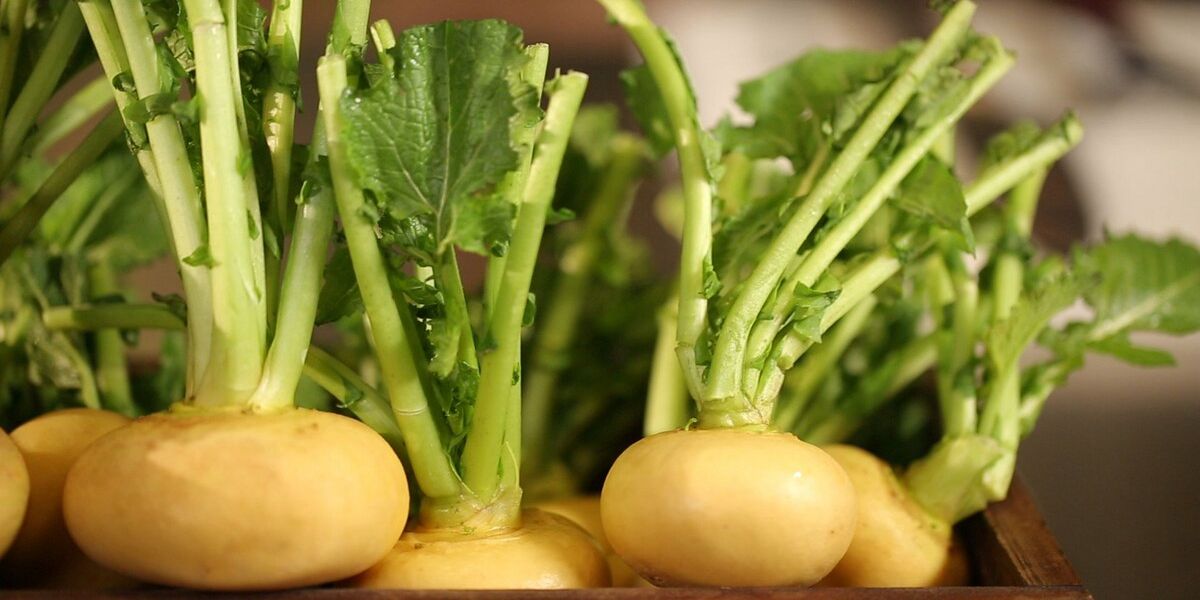
Turnips have long been replaced by potatoes, but this plant does not give up and still sometimes conquers some summer residents with its cold resistance and endurance. You can grow vegetables without much difficulty. There are many recipes for healthy dishes made from it. As for the composition, turnips can truly surprise you. Studies have shown that the plant contains a valuable substance, glucoraphanin, which slows down aging and protects the body from cancer. The vegetable also contains a lot of vitamin C and contains rare substances such as iodine, zinc and manganese.
How to grow turnips. Choose well-lit beds for sowing, otherwise the harvest will be low. You should also avoid elevated areas because the vegetable does not like drought. Sowing is carried out in late April - early May, to a depth of 2 cm. Since the seeds are small, you can mix them with sand. Be sure to thin out frequent shoots, maybe even several times. It is useful to mulch the plantings so that the soil remains moist longer. Otherwise, turnips do not require care. Only if the soils are quite poor is it worthwhile to fertilize a couple of times per season with mineral water or organic matter.
Ramson
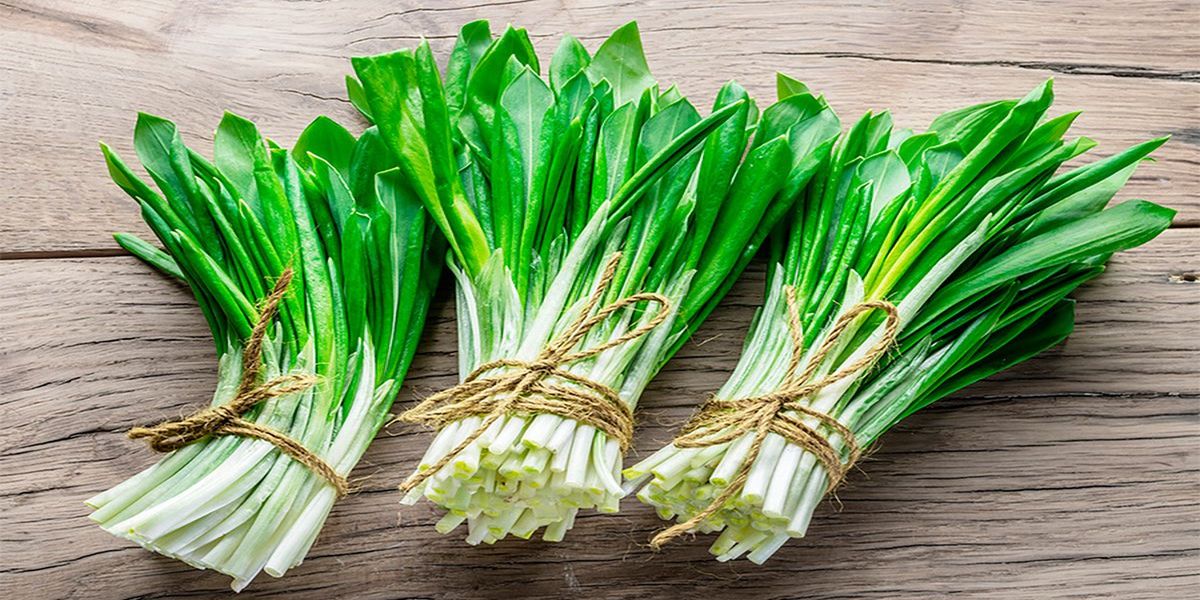
After a long winter, the first greenery of spring is a real salvation for the body! And one of the sources of useful substances is unsightly-looking wild garlic. Thanks to the high content of vitamin C, the plant helps strengthen the immune system, prolongs the youth of the skin, and improves metabolism. Wild garlic also contains vitamins A, E, D, magnesium and iron.
Ramson is listed in the Red Book, so collecting it in the forest in some regions is prohibited. But you can sow the plant in the garden to enjoy its pleasant pungent taste, reminiscent of garlic. Fresh young shoots, leaves and flower shoots of wild garlic can be added to a variety of dishes.


